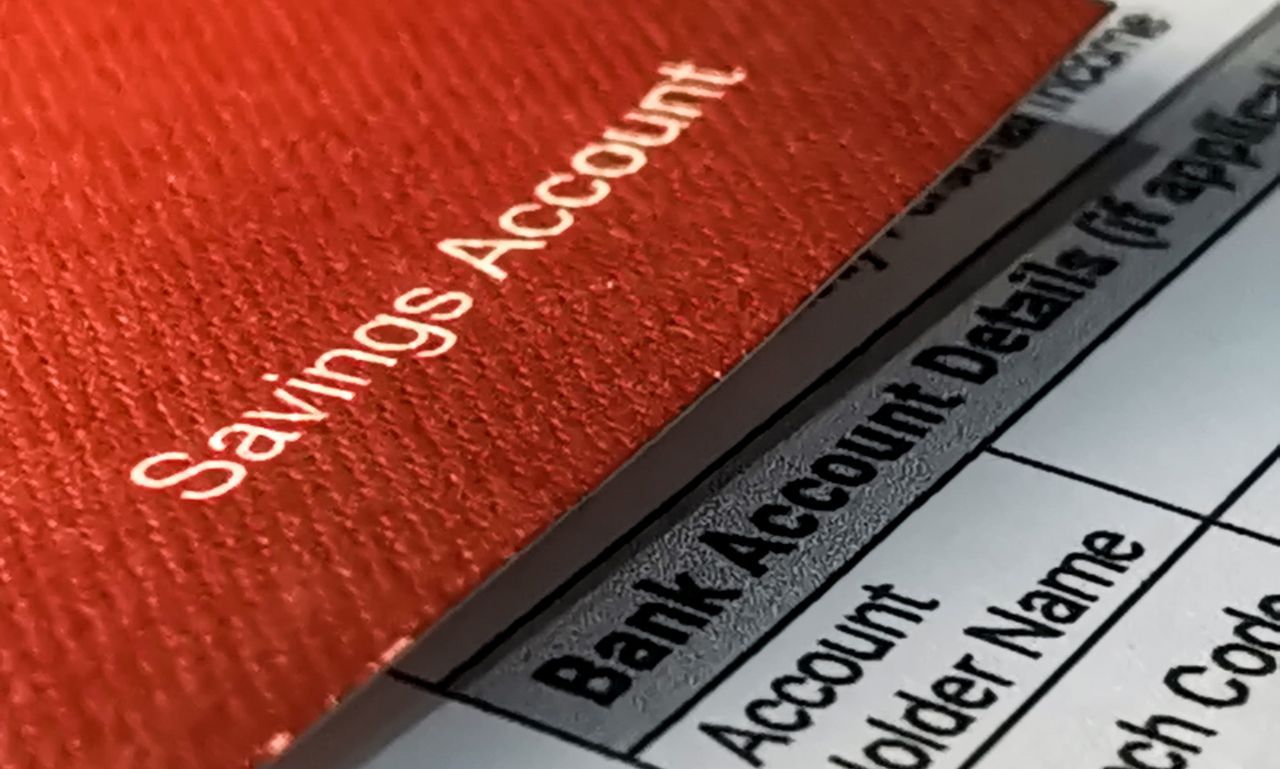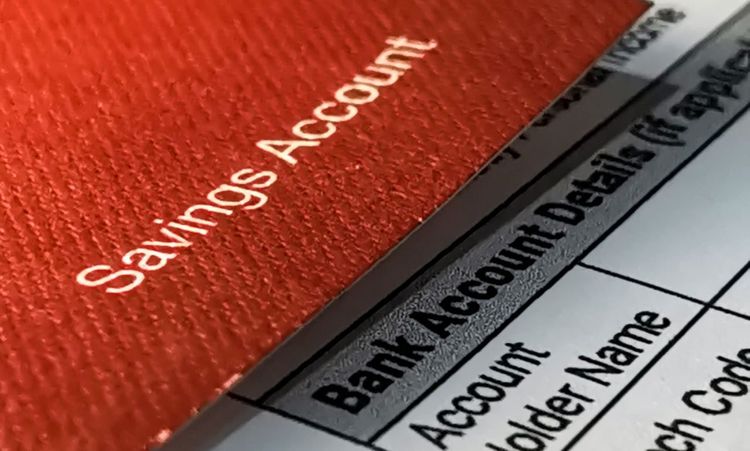Are you confused about which bank account best suits your financial needs? You're not alone! I've spent years helping people navigate the banking world, and the current versus savings account question comes up constantly.
Let me break down these essential banking tools in simple, practical terms so you can make smarter decisions with your money.
Ideal For
Current accounts are perfect for day-to-day financial activities. They're designed for regular transactions and as your financial hub for daily money management.
Savings accounts shine as tools for setting aside money you don't need immediately. They're built to help you accumulate funds for future goals and emergencies.
Purpose

A current account's primary purpose is to facilitate everyday financial transactions. It's your go-to account for paying bills, purchasing, and handling routine financial operations.
A savings account, on the other hand, helps you build wealth gradually. Its core function is keeping your money safe while earning interest, separating these funds from your everyday spending.
Monthly Transactions
One of the most significant differences between these account types is transaction limits.
Current accounts typically offer unlimited transactions. Whether you're making card payments, ATM withdrawals, direct debits, or transfers, you won't face restrictions on how often you move money in and out.
Savings accounts usually come with limited transaction allowances. Many banks restrict the number of withdrawals or transfers you can make each month, encouraging you to leave your money untouched so it can grow.
Minimum Balance
Current accounts often have low or no minimum balance requirements. While some premium options require maintaining a specific amount to avoid fees, basic current accounts are generally more flexible.
Savings accounts frequently require maintaining a minimum balance. This amount varies between banks and specific account types, but falling below this threshold might result in fees or reduced interest rates.
Interest
Current accounts typically offer minimal or no interest on your balance. While some high-interest current accounts exist, they're the exception rather than the rule.
Savings accounts provide interest on your deposits, helping your money grow. The rates vary significantly based on the account type, term length, and economic conditions.
What is a Savings Account?
A savings account is a bank account designed specifically for saving money rather than for frequent transactions. It provides a secure place to store funds you don't need for immediate expenses while earning interest on your balance.
These accounts encourage saving over time by earning interest and, in certain instances, restricting withdrawals. Although the interest rates are modest compared to investment products, they offer a certain return with minimal or no risk to principal.
Most savings accounts today offer mobile and online banking access, automatic transfers from checking accounts, and FDIC or equivalent insurance protection for your deposits.
What are the Benefits of Savings Accounts?
Savings accounts offer several distinct advantages that make them valuable components of your financial toolkit:
Interest earnings: Although the rates change, savings accounts always yield some return on your funds, causing them to grow with time. This may not look significant when rates are low, but it's more than holding money under your mattress or in a non-interest-bearing account.
Limited access: The withdrawal restrictions that sometimes frustrate savings account holders serve an essential purpose—they discourage impulsive spending and help maintain savings discipline.
Emergency fund foundation: Savings accounts are ideal vehicles for emergency funds. They keep your money accessible when you truly need it while separate from your everyday spending accounts.
Goal achievement: Whether saving for a vacation, down payment, or any other financial goal, the separation a savings account provides helps you track progress and stay motivated.
Security features: Most savings accounts offer robust security measures and insurance protection, protecting your money from theft, fraud, and bank failures.
What is a Current Account?
A current account (a checking account in some countries) is a transactional bank account designed for everyday financial operations. It is your primary economic hub for receiving income, paying bills, making purchases, and managing daily cash flow.
Unlike savings accounts, current accounts prioritize accessibility and transaction convenience over interest earnings. They typically include features like debit cards, checkbooks, direct deposit capabilities, and integration with payment services.
Current accounts come in various forms, from basic fee-free options to premium accounts with additional perks and benefits for maintaining higher balances.
What are the Benefits of Current Accounts?
Current accounts offer several crucial advantages for managing your everyday finances:
Unlimited transactions: Most current accounts allow unlimited withdrawals, transfers, and payments, making them ideal for active financial management without worrying about transaction limits.
Convenient access: With features like debit cards, checkbooks, ATM access, and digital banking tools, current accounts provide multiple ways to access and move your money whenever needed.
Bill payment tools: Current accounts typically include tools for automating bill payments, setting up direct debits, and managing recurring expenses efficiently.
Financial tracking: The detailed transaction records provided with current accounts make budgeting and expense tracking straightforward, helping you manage your finances more effectively.
Overdraft options: Many current accounts offer overdraft facilities that can provide short-term coverage when you temporarily need more funds than your balance contains.
Business functionality: For small business owners, specialized current accounts offer features tailored to business operations, including payment processing, cash management services, and tax preparation tools.
Can I Use My Current Account for Personal Use?
Current accounts are designed primarily for personal use, handling everyday financial transactions, and serving as your main banking hub. They're ideally suited for:
- Receiving your salary or other income
- Paying regular bills and subscriptions
- Making daily purchases via debit card
- Withdrawing cash for everyday needs
- Setting up standing orders and direct debits
- Managing your day-to-day finances
While business-specific current accounts have specialized features, standard ones are built considering personal banking needs. Their unlimited transaction capabilities make them ideal for active personal financial management without restrictions.
Can I Withdraw Money from my Current Account?

Yes, withdrawing money from your current account is straightforward and unrestricted. Unlike savings accounts that might limit withdrawals, current accounts are designed for frequent access to your funds through multiple channels:
- ATM withdrawals using your debit card
- In-branch cash withdrawals
- Cashback options at point-of-sale terminals
- Transfers to other accounts
- Check writing
- Digital payment services
Current accounts typically don't impose withdrawal limits beyond daily ATM or purchase caps, which exist primarily for security purposes. These accounts prioritize liquidity and accessibility, ensuring you can access your money whenever and wherever you need it.
Conclusion
Choosing between a current and savings account doesn't have to be complicated. Most financially savvy individuals maintain both account types to serve different purposes.
Your current account works as your financial command center, handling day-to-day transactions, bill payments, and regular expenses with unlimited access and convenient features.
Your savings account functions as your financial growth engine - keeping money separate from everyday spending, earning interest, and helping you build toward future goals and emergencies.
The ideal approach is using these accounts in tandem: maintain your current account for everyday financial needs while regularly transferring money to your savings account to build financial security over time.




